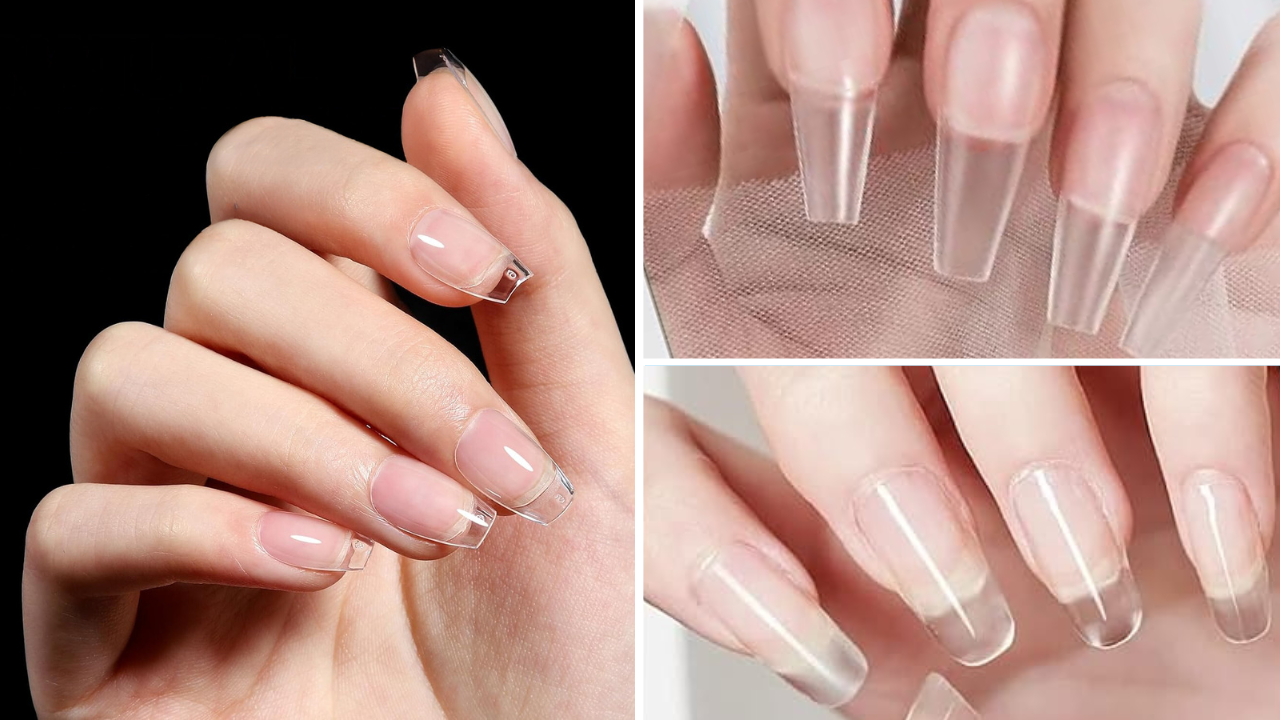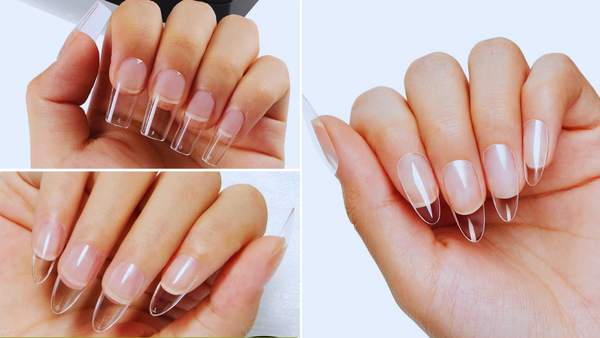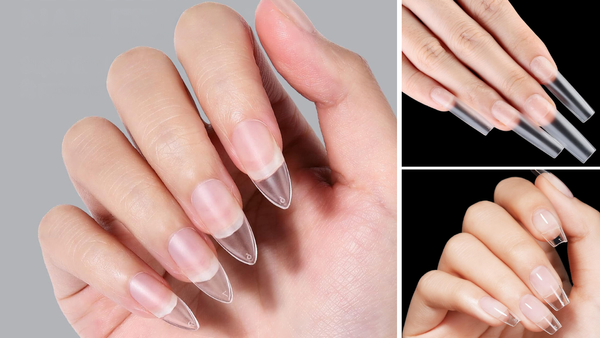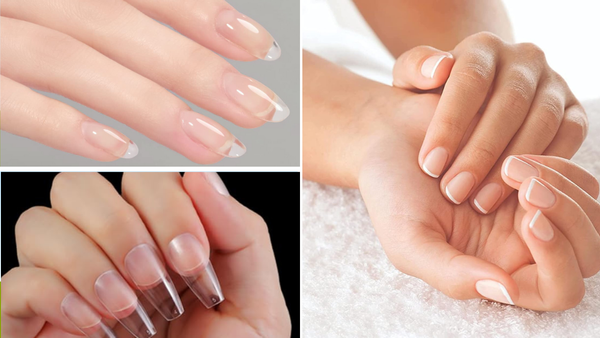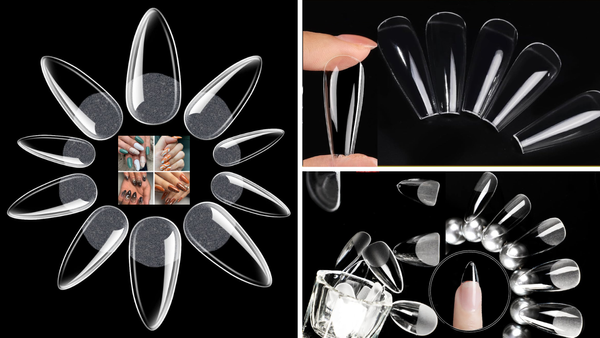Key Takeaways:
- Understanding Types: Learn the difference between acrylic nails, gel nails, and other types of artificial nails.
- Maintenance Tips: Discover how to maintain your fake nails for a lasting, natural look.
- Health Considerations: Gain insights into the implications of different nail enhancements on nail health.
Introduction to Clear Fake Nails
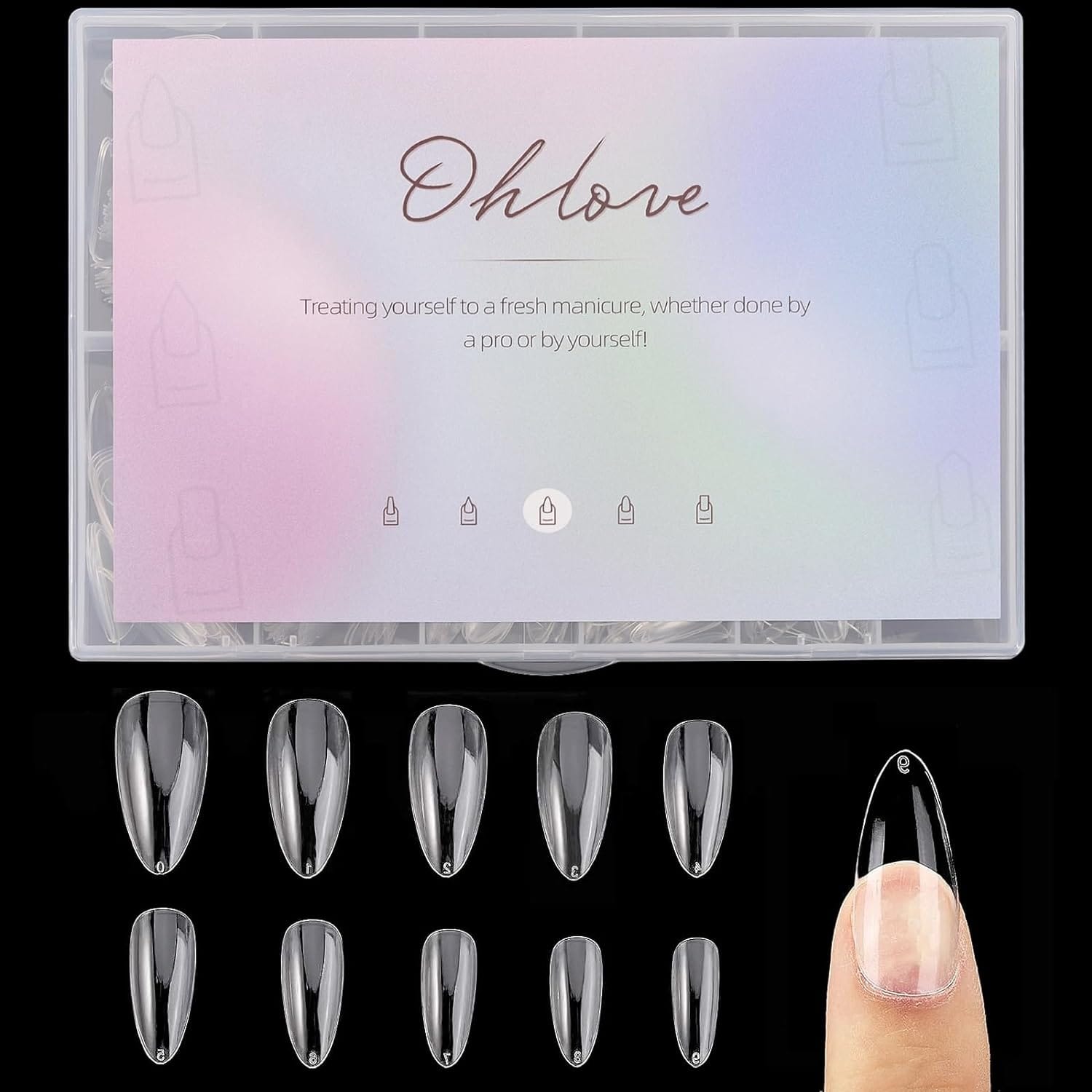
The beauty industry offers several options for enhancing the appearance of nails. Among these, clear fake nails stand out for their versatility and natural appearance. But what exactly are these clear fake nails called? They are primarily known as acrylic nails and gel nails. Each type has its unique properties, application processes, and maintenance requirements.
Acrylic Nails: A Popular Choice
Acrylic nails are a type of artificial nail created by mixing a liquid monomer and a powder polymer to form a hard protective layer over the natural nail or to sculpt a longer nail. Acrylics are loved for their durability and ease of customization. The application process involves a nail technician applying the mixture to the nails, which then hardens in the air.
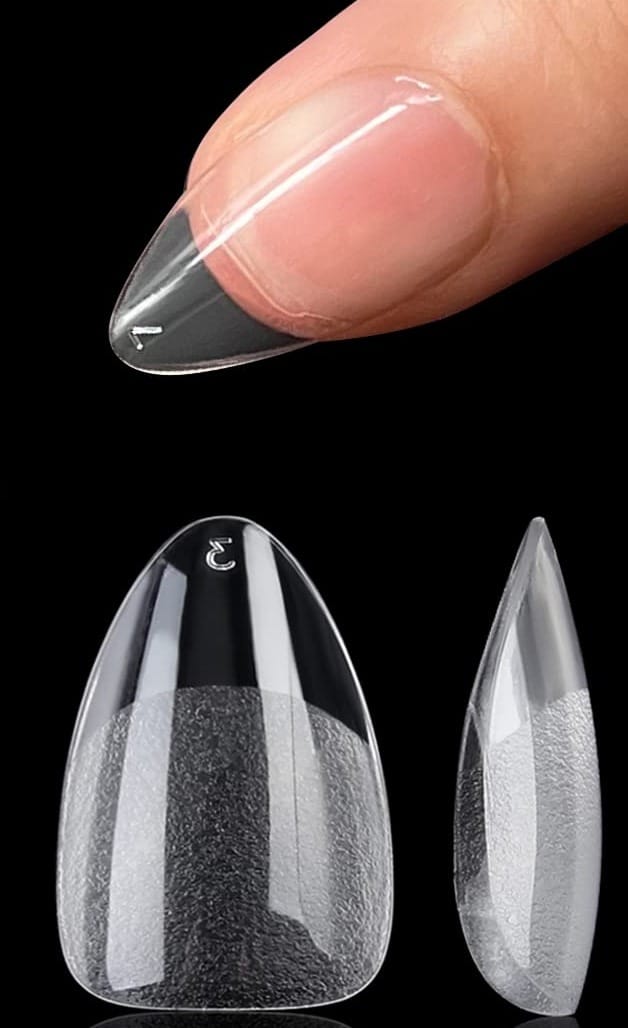
Gel Nails: The Modern Alternative
Gel nails are another popular type of clear fake nails. Unlike acrylics, gel nails involve applying a pre-mixed, viscous gel that needs to be cured under a UV light or LED lamp. Gel nails provide a glossy finish that mimics the natural nail more closely than acrylics and less damages the natural nail bed.
The Application Process Explained
The application process for both acrylic and gel nails requires precision and care. For acrylic nails, the nail technician mixes the liquid monomer and powder polymer, applies it to the nail, and shapes it before it hardens. Gel nails, on the other hand, require the application of the gel followed by curing under UV light, a process that is repeated for each layer.
Durability and Maintenance
Both acrylic and gel nails are known for their durability. With proper care, acrylic nails can last up to six weeks, while gel nails might need touch-ups every two to three weeks. Maintenance involves regular fill-ins at a nail salon to accommodate nail growth and prevent lifting.
Health and Safety Considerations
When choosing between acrylic and gel nails, consider the health of your natural nails. Acrylics, while durable, can be harsher on the natural nail bed, potentially leading to weaker nails if worn continuously. Gel nails offer a less damaging alternative but require exposure to UV light, which has its health considerations.
Polygel Nails: The Best of Both Worlds
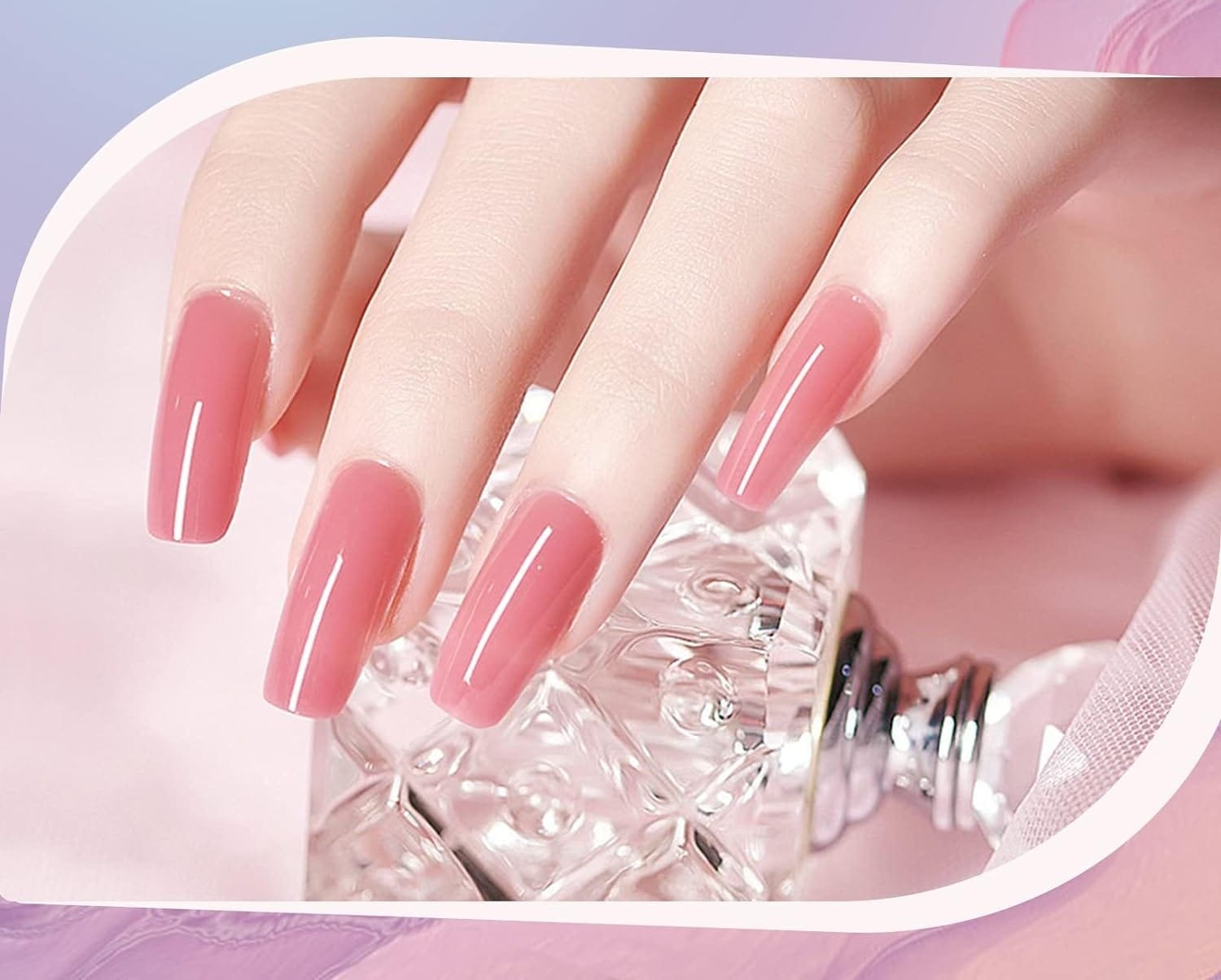
Polygel nails are a newer innovation in artificial nails, combining the best aspects of acrylic and gel nails. Unlike traditional gels or acrylics, Polygel uses a hybrid formula that offers flexibility and durability without being too harsh on the natural nail bed. This type of nail is applied using a putty-like substance that is smoothed over the nail and then cured under a UV light. The result is a lightweight nail extension less prone to lifting and breakage, making it a great option for those who want a sturdy yet natural-looking manicure.
The application process for Polygel nails is unique and allows for more precision and control. A nail technician will use a specific tool to slice the right amount of product from the tube, roll it onto the nail, and shape it before curing. This method significantly reduces the mess and waste associated with powders and liquids in traditional acrylic and gel systems. Polygel nails can be a game-changer for both nail artists and clients, offering a quicker and cleaner application with a glossy finish that can last up to six weeks.
Exploring Dip Powder Nails: A Durable and Vibrant Option
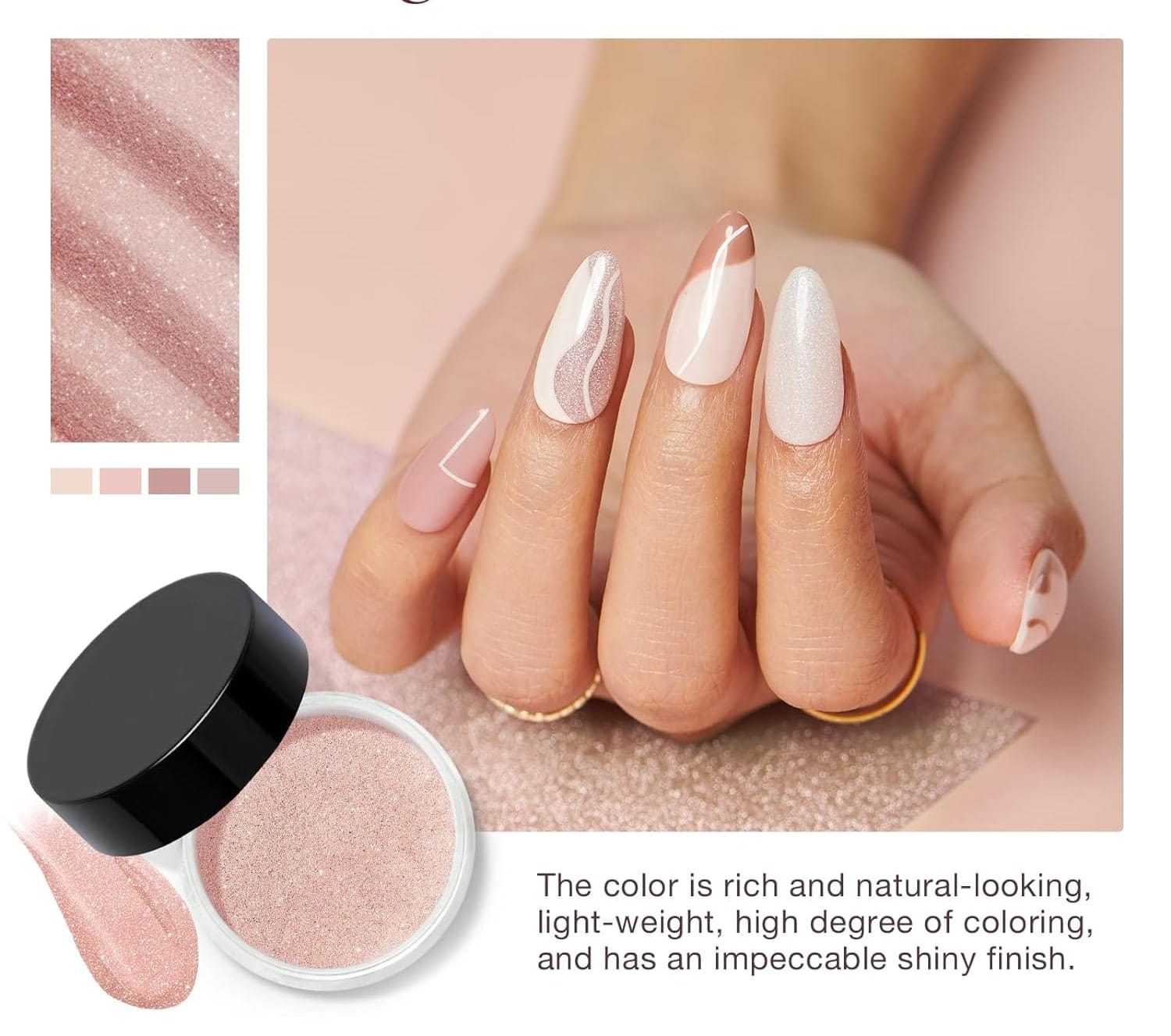
Dip powder nails have surged in popularity as a robust alternative to traditional gel and acrylic nails. Unlike gel nails that require UV light to cure, dip powder nails involve coating the natural nail with a base coat, then dipping it into colored powder, followed by a sealant. This method provides a glossy finish lasting up to six weeks without chipping. The powders come in various vibrant colors, offering a polished look that rivals regular nail polish or gel manicures, making it a favorite for those seeking durability combined with style.
The application process for dip powder nails is unique and avoids using UV lamps, which appeals to health-conscious individuals concerned about UV exposure. The layers of powder add thickness to the nails, providing strength and helping to protect brittle nails from breaking. This technique is also appreciated for its quick application and removal process compared to gel nails or traditional acrylics. Nail technicians often recommend dip powder for clients looking for a long-lasting solution that maintains a natural appearance and feel.
The Rise of Hard Gel Nails: Crafting a Natural Look with Durability
Hard gel nails are a fantastic option for those who desire the strength of acrylics but with a more natural look. This gel is applied similarly to traditional gels but is designed to be more durable, making it ideal for creating nail extensions and added length. Once applied, hard gel nails are cured under UV light, forming a strong bond that supports the natural nail bed while allowing for significant lengthening and styling, much like acrylic nails. The result is a sturdy yet flexible nail enhancement that can be painted or left clear for a clean, polished appearance.
The versatility of hard gel nails is notable, especially when considering their use in nail art and customization. Nail artists can manipulate the gel to form various shapes and styles, such as the popular stiletto nails or more natural-looking rounded tips. After curing, these nails provide a perfect canvas for nail art, from simple gel polish to intricate designs, without the risk of chipping associated with regular manicures. For those looking to maintain healthy nails while enjoying the benefits of nail extensions, hard gel nails offer a balanced solution between aesthetics and nail health.
Nail Health and Enhancement Techniques
Maintaining the health of your natural nails while wearing any fake nails is crucial. Artificial nails, whether acrylics, gel nails, or Polygel, can sometimes lead to weaker nails if not applied or removed properly. To prevent damage, it's important to have a professional nail technician perform the applications and removals. Regular fill-ins and touch-ups should also be done to avoid lifting, which can trap moisture and lead to infections.
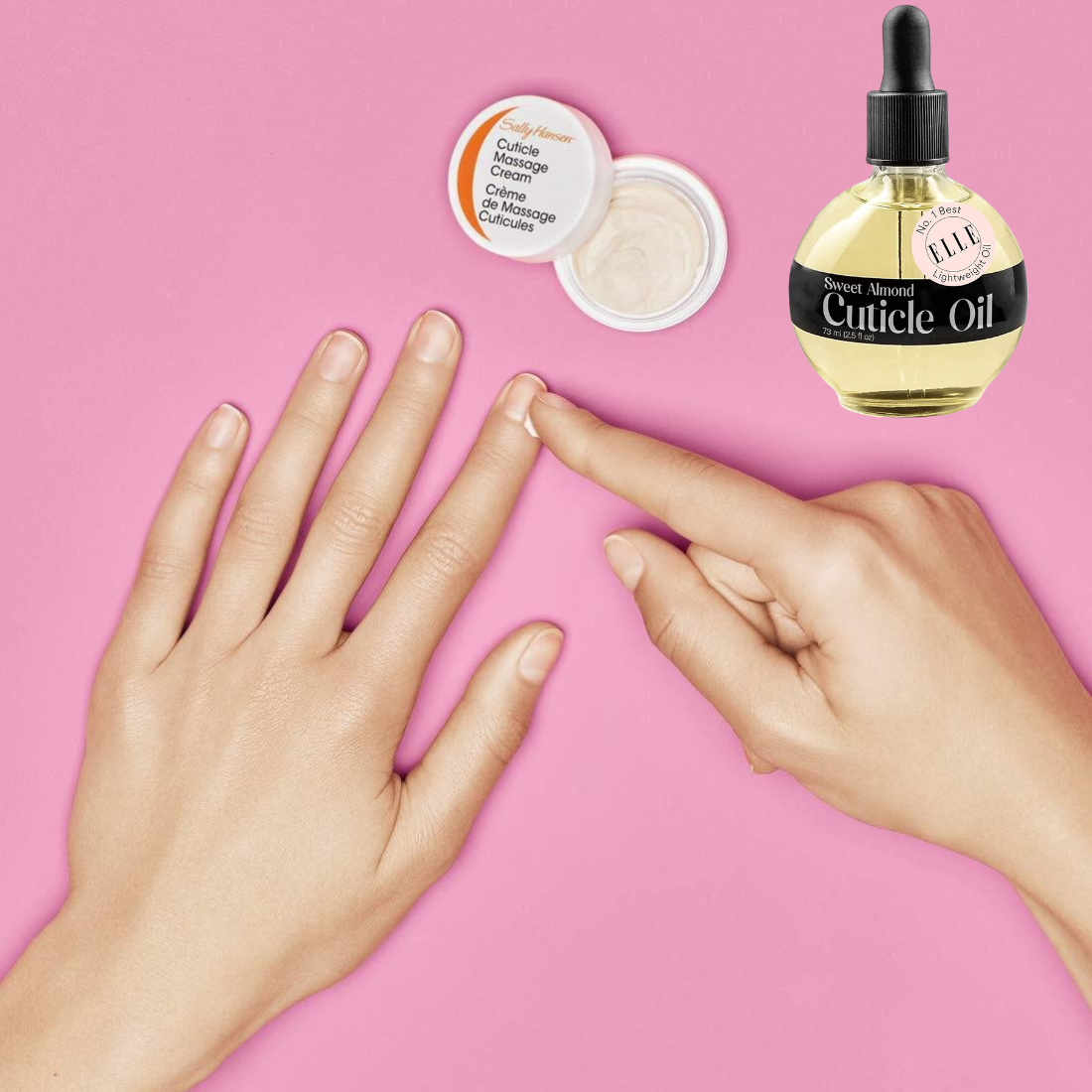
In addition to regular maintenance, nourishing cuticle oils, and hydrating hand creams can help keep the natural nail bed and surrounding skin healthy. For those particularly concerned about nail health, opting for soak-off gel manicures can be a gentler alternative. These types of manicures use a gel polish that can be removed more easily and with less damage to the natural nail than traditional nail polish or hard gel nails. This approach not only preserves the natural look and strength of your nails but also allows for regular changes in nail style without harsh effects.
Removal Process
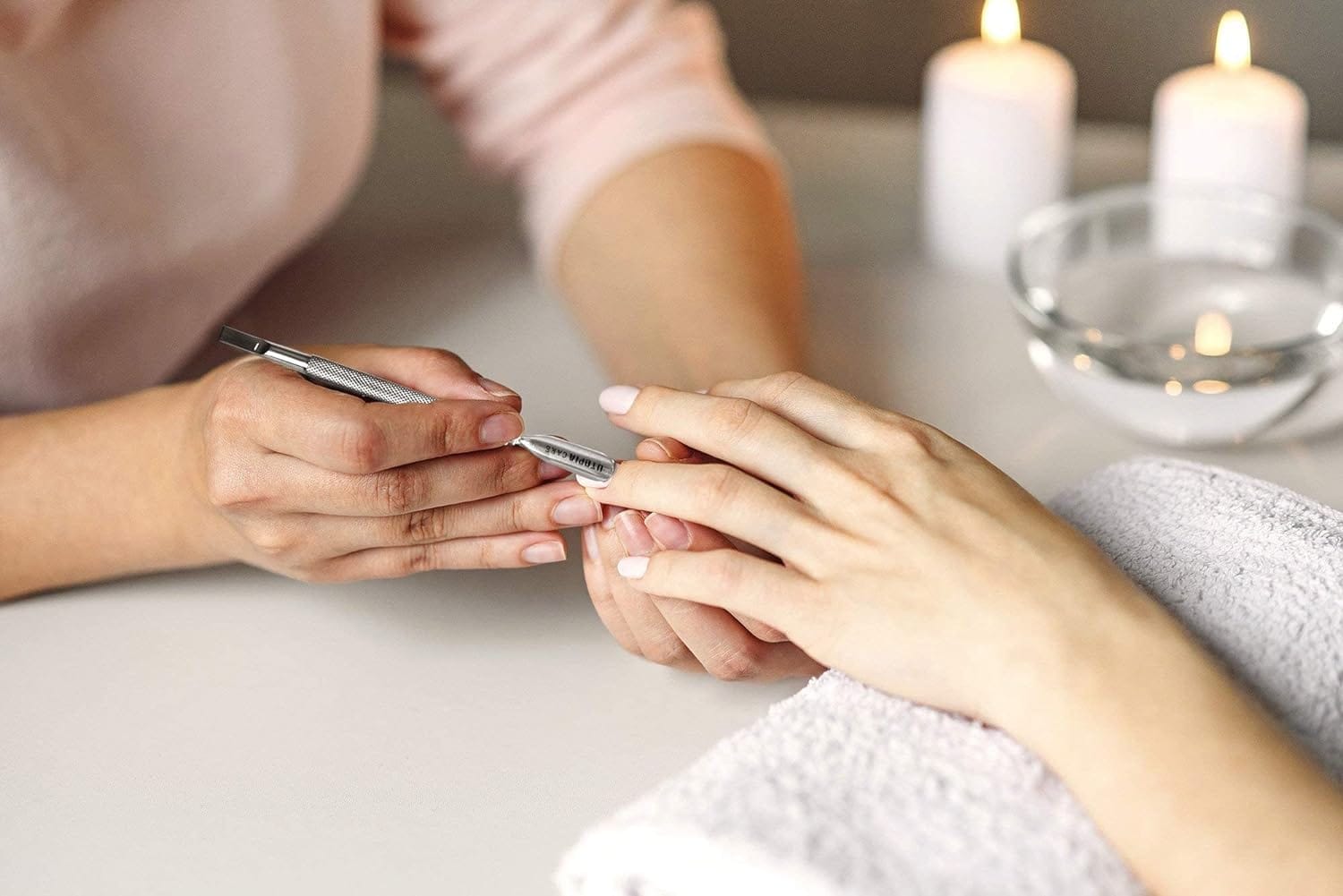
Removing acrylic or gel nails involves a specific process to prevent damage to the natural nails. Acrylic nails can be soaked with acetone, while gel nails must be gently filed away after softening. It's recommended to have a professional nail technician handle the removal to ensure it's done safely.
Nail Art and Customization
Clear fake nails serve as an excellent canvas for nail art. Whether you prefer a polished look or intricate designs, acrylic and gel nails can be customized with colors, patterns, and embellishments. Nail artists can create stunning visual effects that reflect personal style and trends.
Choosing Between Acrylic and Gel Nails
Choosing acrylic or gel nails often depends on personal preference and lifestyle needs. Consider factors like nail health, maintenance commitment, and the desired aesthetic outcome when choosing the type of fake nail that best suits you.
Trends in Fake Nails
The world of fake nails is constantly evolving, with new trends and technologies emerging regularly. From stiletto nails to natural-looking gel extensions, staying updated with the latest trends can help you choose the best nail style for your needs.
Cost Considerations
Investing in fake nails involves considering the cost of initial application, maintenance, and removal. Prices vary widely depending on the type of nails, the salon's reputation, and the complexity of the desired designs.
DIY vs. Professional Application

While DIY kits are available for acrylic and gel nails, professional application is recommended for the best results. Nail technicians are trained to apply and remove fake nails safely and efficiently, minimizing the risk of damage to the natural nails.
Summary
Clear fake nails, known as acrylic and gel nails, offer versatility and durability for those looking to enhance their nail appearance. Understanding the differences between these types, along with their application, maintenance, and removal processes, can help you make informed decisions about which nail enhancement is right for you. Always consider the health implications and consult with a professional to achieve the best results.
FAQ
Can wearing clear fake nails damage my natural nails?
Yes, both acrylic and gel nails can potentially damage natural nails if not applied or removed correctly. It's important to follow proper maintenance and give your nails a break between applications.
How often should I get my gel nails redone?
Gel nails typically require touch-ups every two to three weeks to maintain appearance and integrity.
Are there any natural-looking alternatives to acrylic and gel nails?
Yes, dip powder nails and polygel nails also offer a natural appearance with potentially less damage to the natural nail bed.
